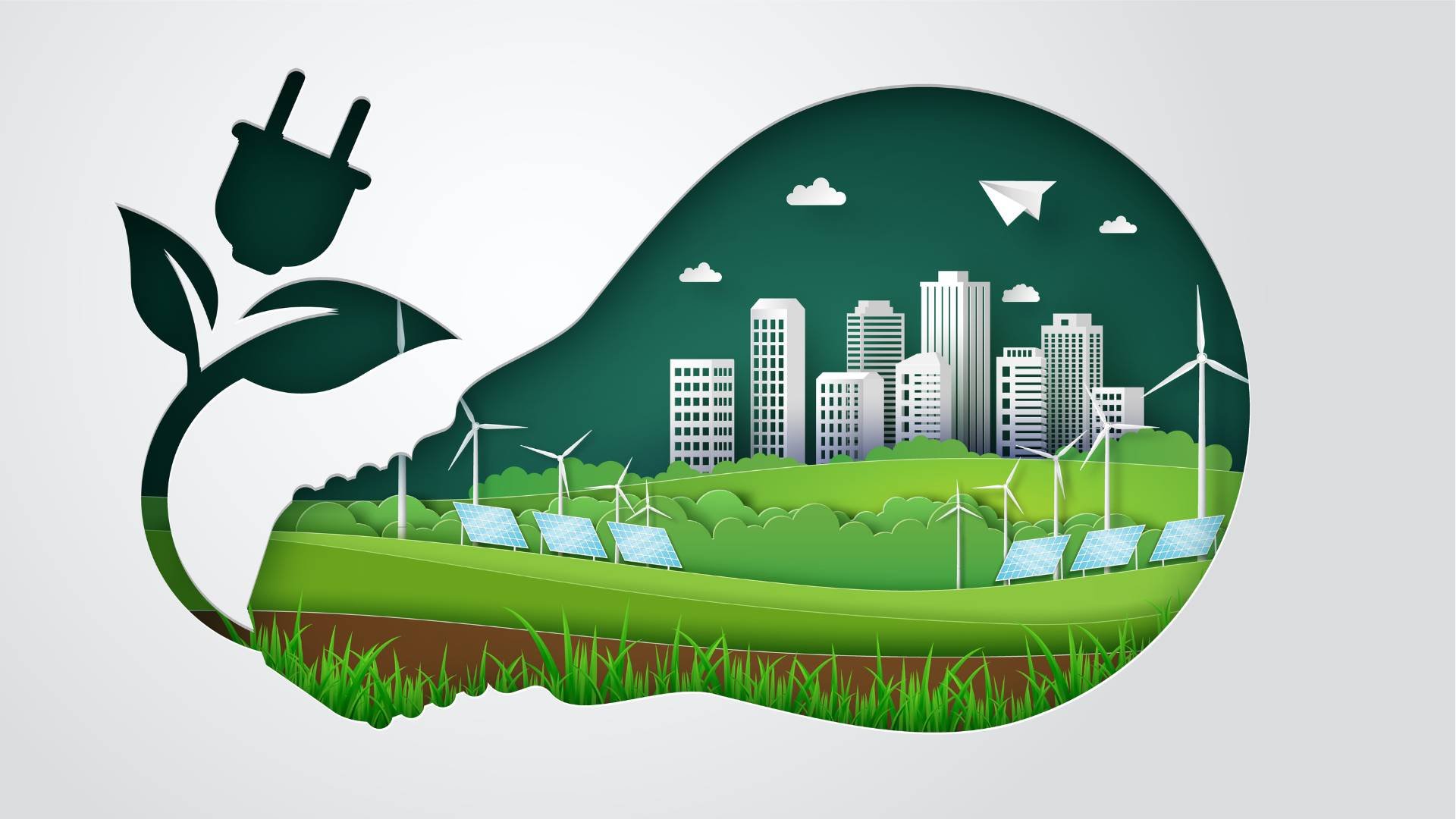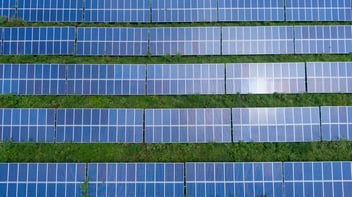How Mid-Market Businesses Are the Future of Clean Energy with CEO Gabe Phillips (Podcast)

If you’re a business leader in the small to mid-sized business market, you don’t want to miss this.
Gordon Coyle, the New York Business Leaders podcast host, spoke with Catalyst Power CEO Gabe Phillips to discuss all things clean energy. The conversation explored how mid-market businesses can join the energy game, our grid’s biggest challenges, how to use unused rooftops in New York City and beyond, the impact of the Inflation Reduction Act, and much more.
Check out some highlights from Gabe’s interview below and tune into the full interview on Apple Podcasts.
On Catalyst Power and its strategy:
“We provide solutions to decarbonize middle market, commercial, and industrial end-use customers. That customer segment has often been ignored by energy solution providers, both renewable and non-renewable, and we thought that was perverse and wanted to focus on that gap in the market. One of our customers, for example, would be an asphalt producer in upstate New York. The owner of that independent business has more options for renewable energy and regular energy supply in his home than he does for his business, which was completely backwards. But we understand why that’s the case, and we realize that if we brought to bear all the different solutions that one could provide to a customer with respect to their energy consumption and their carbon emissions on one platform? We can make it more efficient for that customer to both hear about, synthesize, and ultimately adopt the solutions that will help them save money, have more long-term budget certainty, and reduce their risk in the markets we all inherently have every day when we wake up in the morning.”
Why we serve mid-market commercial and industrial customers:
“We really need incentives that pinpoint middle market customers. They're the engine of our economy. They're the biggest employers in the country. And lo and behold, they're like one of the biggest emitters of carbon in the country as well…they also own all these rooftops that do nothing [for] them. And unfortunately, we see a lot of solar developers clearing valuable forest lands to build large solar arrays because certain incentives are sort of geared towards that. We should really [refocus] our incentive structures in each state or federally to provide a bigger benefit for rooftop solar, for commercial, industrial customers, because that's going to help business owners, their employees, and the overall local economy. It's just obviously a win-win that I'm hoping that the regulators start to realize they need to focus more on.”
How our electricity usage affects the grid:
“Where can we produce more electricity where we need it? That's distributed generation deployment, and that's what we're focused on. That is actually what the utilities tend to call a ‘non-wire solution.’ Instead of beefing up the grid, fixing their wires, fixing transformers, and stuff like that—if customers all built on-site generation resources like solar, like little batteries, like some gas-fired backup generation they can use and things like that, then we're going to have a much more resilient grid that can handle the increased electrification that we're all calling for. It's an easier path to decarbonization if we use electricity versus burning fuel on-site because we can easily distribute renewable resources. We [also] have more efficient thermal resources that are larger and central. So, we get the best of both worlds that way…instead of having very inefficient gas consumption that burns gas and, you know, small engines sort of all over the country.”
How customers benefit from community-based solar:
“Ultimately, we will be providing them with three products: retail electricity for the balance of their needs that are not produced by the solar array, solar production from our solar array that we own and operate on their rooftops, and then a community solar subscription that helps to offset their costs on the remaining power that they’re not receiving from our solar array.”
Click here for the full interview and listen to more from Gordon and Gabe’s electrifying conversation.



.jpg?width=352&name=Untitled%20design%20(25).jpg)